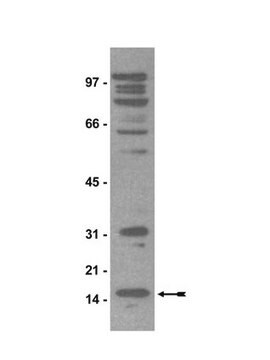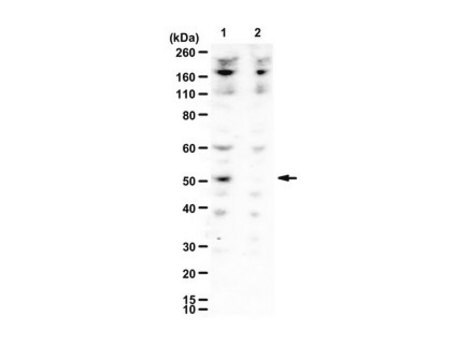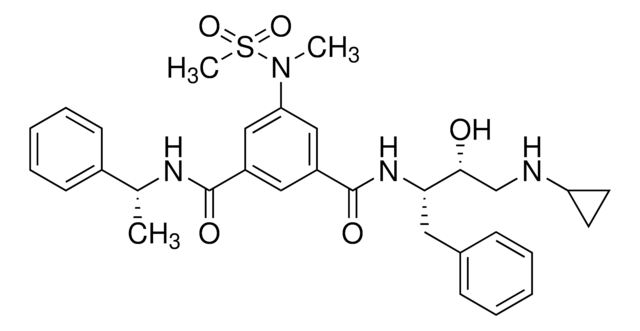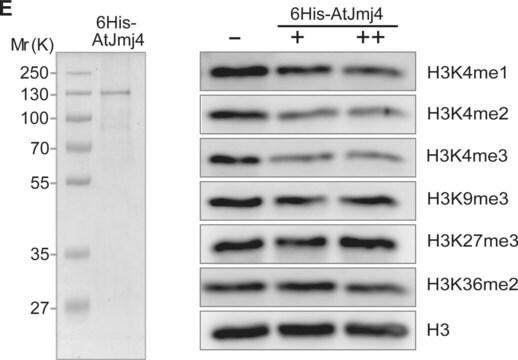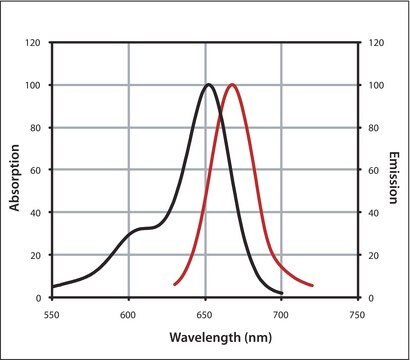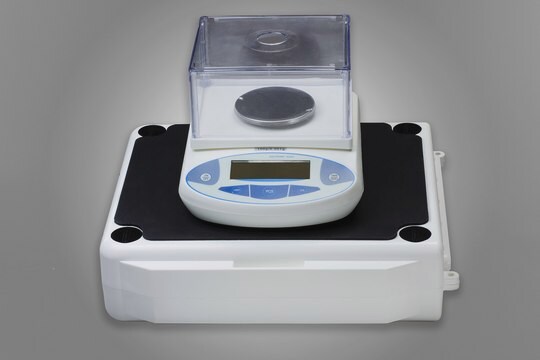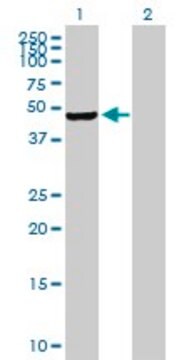07-2054
Anti-MBD1 Antibody, CT
from rabbit
Synonyme(s) :
CXXC-type zinc finger protein 3, Methyl-CpG-binding protein MBD1, Protein containing methyl-CpG-binding domain 1, methyl-CpG binding domain protein 1, methyl-CpG binding domain protein 1 isoform PCM1, the regulator of fibroblast growth factor 2 (FGF-2) <
About This Item
Produits recommandés
Source biologique
rabbit
Niveau de qualité
Type de produit anticorps
primary antibodies
Clone
polyclonal
Espèces réactives
human
Technique(s)
ELISA: suitable
western blot: suitable
Numéro d'accès NCBI
Numéro d'accès UniProt
Conditions d'expédition
wet ice
Modification post-traductionnelle de la cible
unmodified
Informations sur le gène
human ... PCM1(5108)
Description générale
Spécificité
Immunogène
Application
This antibody has been shown by an outside laboratory to be suitable for ELISA (1:1000).
Epigenetics & Nuclear Function
Chromatin Biology
Qualité
This antibody recognizes MBD1 on 10 µg of HeLa cell lysate.
Description de la cible
Forme physique
Stockage et stabilité
Remarque sur l'analyse
HeLa cell lysate
Autres remarques
Clause de non-responsabilité
Vous ne trouvez pas le bon produit ?
Essayez notre Outil de sélection de produits.
Code de la classe de stockage
12 - Non Combustible Liquids
Classe de danger pour l'eau (WGK)
WGK 2
Certificats d'analyse (COA)
Recherchez un Certificats d'analyse (COA) en saisissant le numéro de lot du produit. Les numéros de lot figurent sur l'étiquette du produit après les mots "Lot" ou "Batch".
Déjà en possession de ce produit ?
Retrouvez la documentation relative aux produits que vous avez récemment achetés dans la Bibliothèque de documents.
Notre équipe de scientifiques dispose d'une expérience dans tous les secteurs de la recherche, notamment en sciences de la vie, science des matériaux, synthèse chimique, chromatographie, analyse et dans de nombreux autres domaines..
Contacter notre Service technique